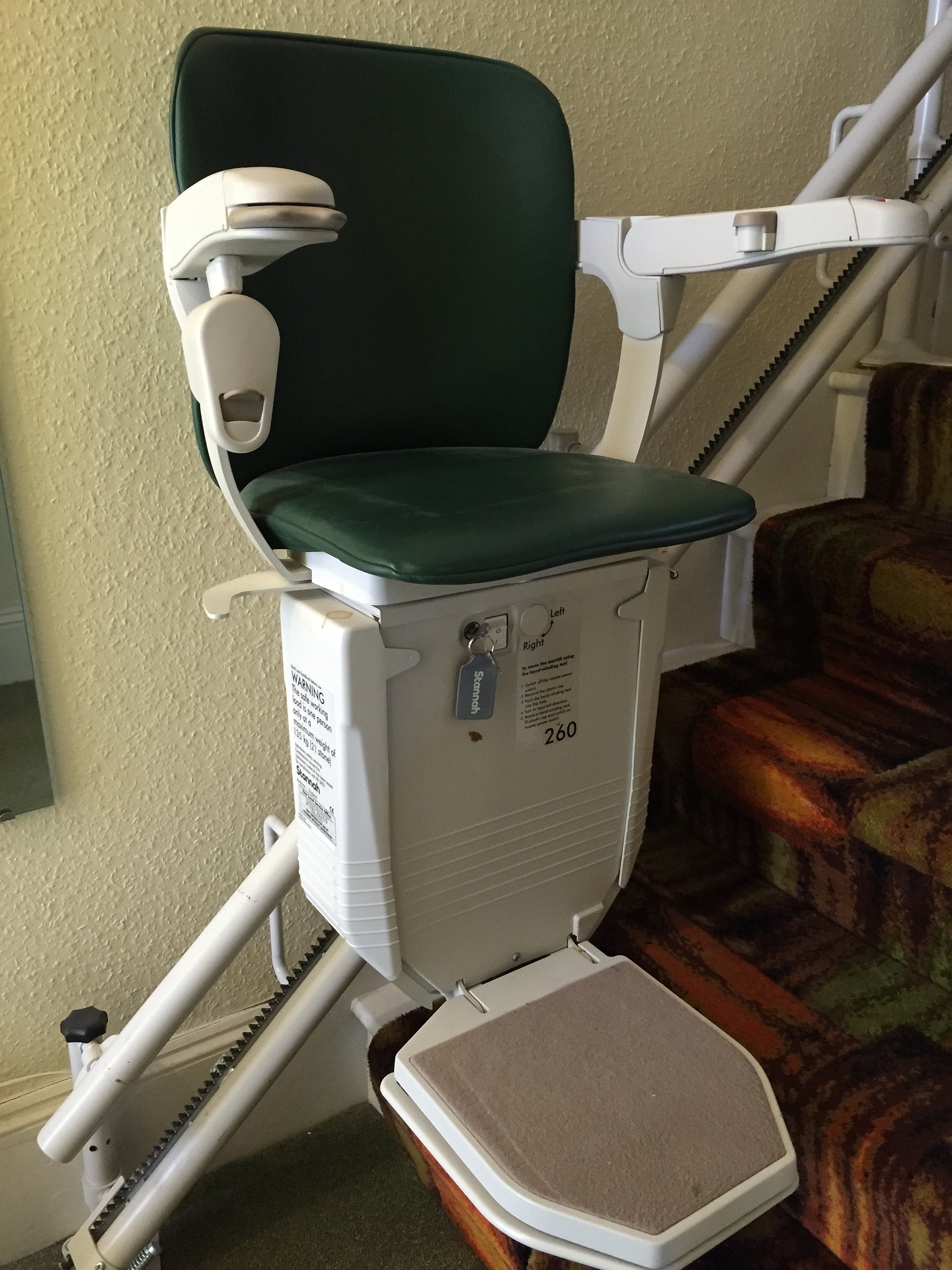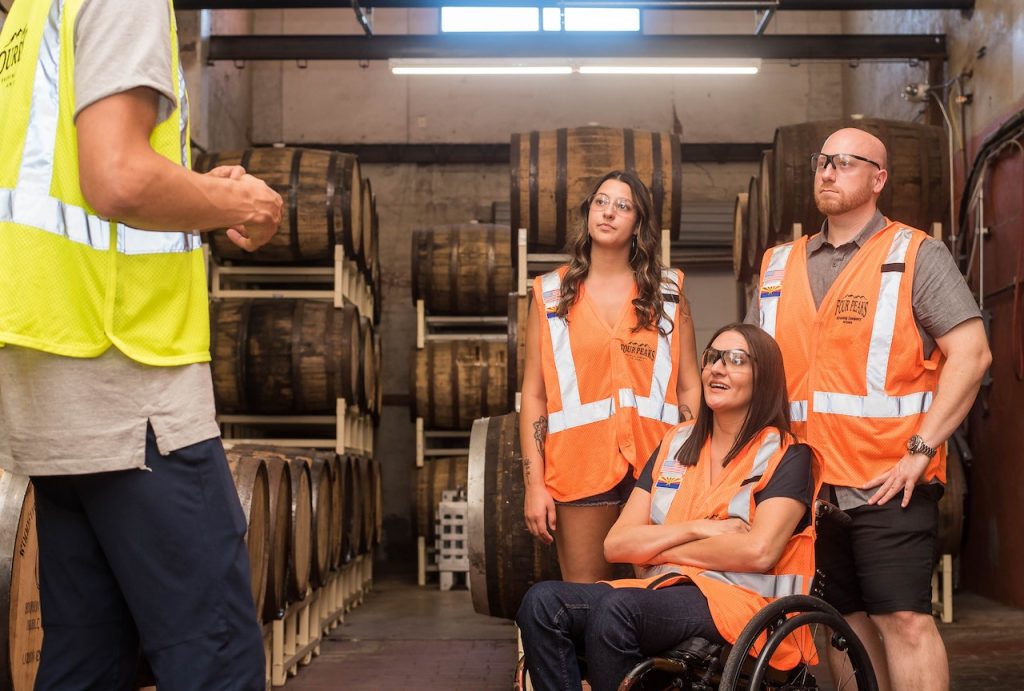
What Type Of Stairlifts Is Best For My Home?
Having an aged member in your family or having family members with accessibility issues? You might want to look into getting a stairlift to increase accessibility in your home.
With a family member that requires accessibility, a home without proper modification might lead to potential hazards that cause injuries as it is more difficult for them to travel around the house. With this, stairlifts have become one of the popular options in terms of practicality and economic.

How Should I Choose My Stairlifts?
There are many types of stairlift variations you can choose from. They differ in design and features that cater to people with different accessibility needs such as medical needs. Do note that there is no “one size fits all” solution, so it is highly recommended to get advice from professionals such as Adapt My Home.
What Are The Stairlift Options?
There are many options out there, but are you wondering which one to choose? Here are some general guidelines on the models available and which situations you should use them in
Straight or Curved Stairlifts
The major difference between straight and curved stairlifts is the design. Straight stairlifts have straight tracks that allow the person to travel up in one direction, which is very common in the UK. If you have curved stairs, curved stairlifts should be your choice as the track is more flexible and able to handle turns.
Standing Or Seated Stairlifts
Seated stairlifts are equipped with a seat, allowing the users to sit down while travelling between floors. The stairlifts are also equipped with footrests and seatbelts as safety precautions. This is especially good for users who are in wheelchairs, as it ensures they are moving safely.
Standing stairlifts are not very common, but they are one of the options as well. Standing stairlifts are made for users who aren’t able to get into a sitting position, for instance, someone who can’t bend their knees after surgery. Standing stairlifts are also suitable for users on crutches that do not want to go through the long process of sitting down and setting up, but rather get between floors in a quicker manner. One of the biggest advantages of standing stairlifts is that it takes up minimal space unlike seated stairlifts, which work wonders in small staircases.

What Is The Process Of Getting A Stairlift?
Stairlifts require sophisticated planning and installation, which is why you will not be able to buy a lift instantly. Stairlift professionals will need to conduct a few steps before deciding which model suits you:
1. Home Visitation
Stairlift professionals will need to conduct a home visitation session to observe and assess the staircase condition and design. They are able to give some suggestions and choices on the spot and will narrow down to a few product choices for you to choose from.
2. Quotation
After the visitation, stairlift professionals will give you a quote on the stairlift options. Stairlifts have different variations with different features, which means the prices will be different as well. Get an in-depth understanding of each feature and determine the ones you need.
3. Installation
Once you have chosen the desired stairlift, stairlifts professionals will once again go to your home to install the stairlift. You will be able to use it once it has been installed properly. The installation process can take a few hours, so make sure to take a leave during that day!
If you are worrying about wall drillings and fittings, don’t worry! Stairlifts are installed on top of the staircases instead of the wall, which means installing a stairlift will not affect your walls in any way.